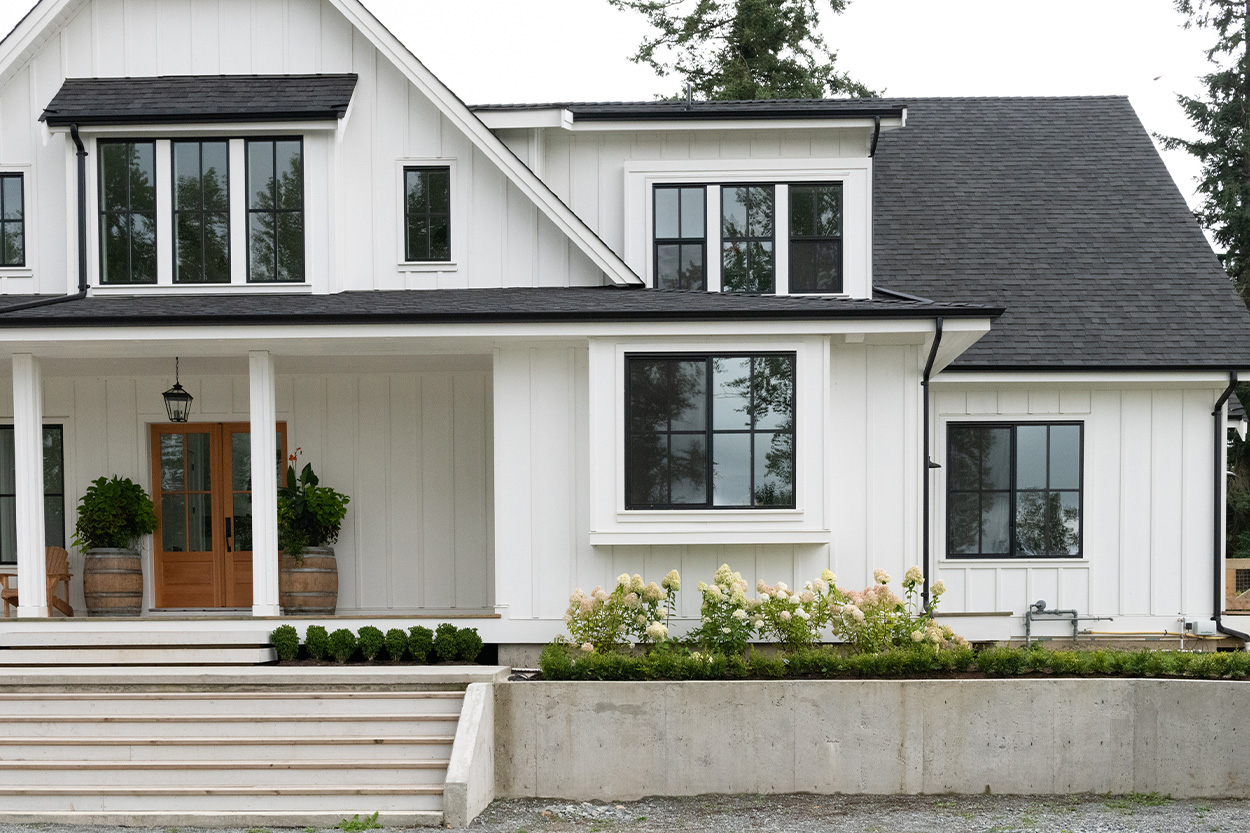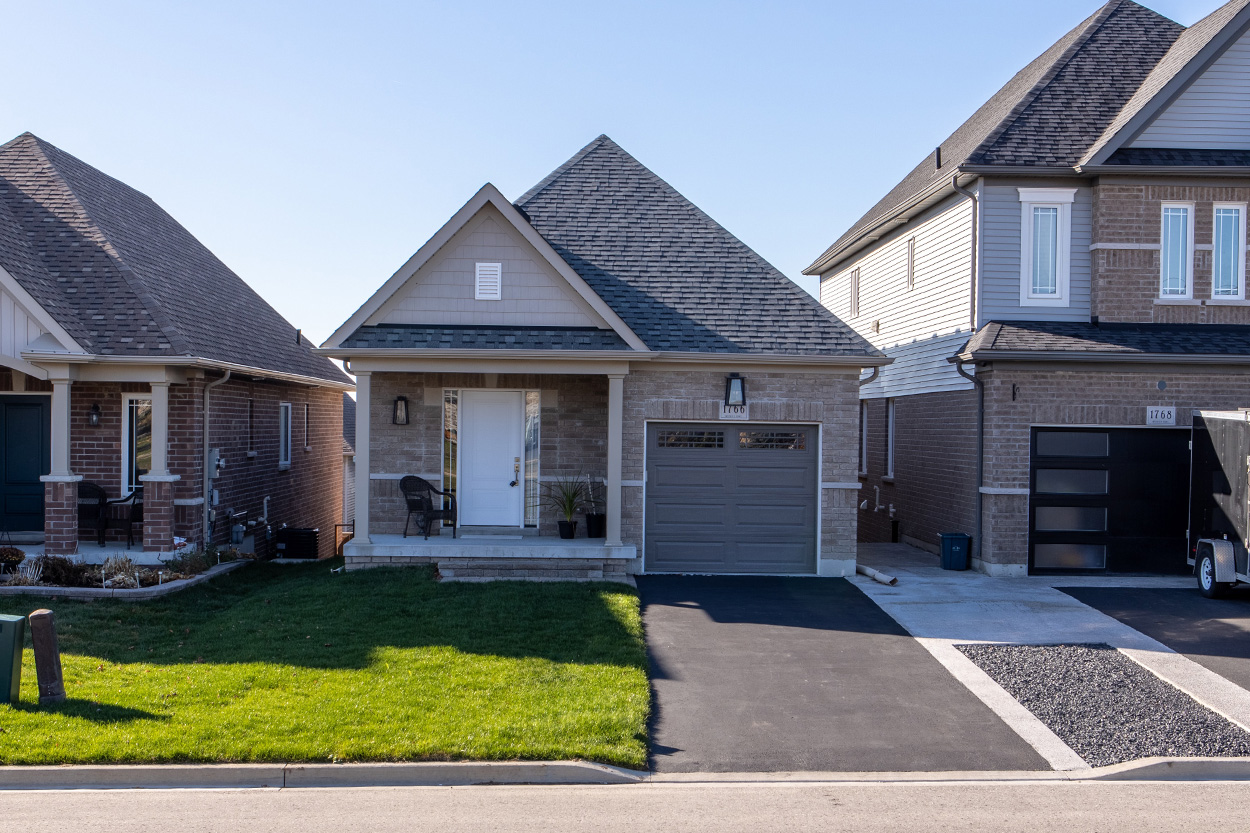What Is A Non Qualifying Mortgage?

Key Takeaways:
- Non Qualifying Mortgages, often referred to as non QM loans, are home loans that don’t meet traditional lending requirements. This means that a borrower can secure a mortgage even if they don’t tick every box—i.e., verifiable income or debt-to-income ratio requirements.
- Non-QM loans came about as a response to the traditional lending requirements laid out by the 2010 Dodd-Frank Act. This act established government agencies to oversee the country’s financial system. One of these agencies, the Consumer Finance Protection Bureau, ensures that there are no predatory lenders offering low-credit borrowers loans with high interest rates.
- There are many kinds of borrowers who may be interested in and qualify for a non-QM loan. This includes those who are self-employed and receive varied income every month, retirees, borrowers with high assets and low income, borrowers with a high debt-to-income ratio, and more.
What is a Non Qualifying Mortgage?
A non qualifying mortgage—often referred to as a non-QM loan—offers borrowers more flexible financing terms when it comes to securing a home loan.
Traditional home loans require a laundry list of documentation from the borrower and minimum standards that must be met by the lender. These stringent regulations were put in place after the 2008 financial crisis in order to protect both lenders and borrowers.
Essentially, if you don’t tick every box to qualify for a traditional home loan, you could be left renting property forever. That’s where non-QM loans come in. Non-QM loans bridge the gap between potential homebuyers who cannot secure a traditional loan but who can afford to own their own home.
In this comprehensive guide, we’ll cover the short history of non-QM loans, why they exist, and what kind of borrowers benefit from this type of loan.
Breaking Down Non-QM Loans

To understand non-QM loans, we first must break down the requirements of traditional loans. To do that, let’s explore the history of how and why these requirements were laid out in the first place.
The History of Traditional Mortgage Qualifications
The Dodd-Frank Wall Street Reform and Consumer Protection Act—typically referred to as the Dodd-Frank Act—was passed in 2010 in response to the 2008 financial crisis. This act established a multitude of new government agencies which were created to oversee various aspects of the country’s financial system.
Before this act, there was widespread predatory mortgage lending.
Lenders would offer borrowers with low credit scores a home loan, but would charge exorbitant interest rates. When borrowers would default on these mortgages they couldn’t afford, the housing market—and the financial market at large—took a hit.
The Consumer Financial Protection Bureau (CFPB) was created under the Dodd-Frank Act primarily to prevent this kind of predatory lending. CFPB made it easier for borrowers to understand complex mortgage terms so that they would not agree to a loan they could never afford to pay off.
Traditional Mortgage Requirements
While the passing of the Dodd-Frank Act and the establishment of the CFPB helped protect borrowers, it also made securing a traditional home loan tricky for many individuals. The minimum lending standards set by the act include:
- Verifiable income with documentation including W-2s, pay stubs, and tax returns
- A debt-to-income ratio below 43%
- A limit on points and fees on loans—mortgage points are points you pay your lender to reduce your mortgage rate
- Loan term must be 30 years or less
- The loan cannot have any risky features like interest-only loans or balloon payments (this requirement is geared toward lenders)
If an individual has a substantial amount of debt, if they’re self-employed, or if they hold an untraditional job, they may not qualify for a home loan based on the above requirements.
Borrowers Who May Need a Non QM Loan
There are many borrowers who would love to own their own home—and can afford to do so—but do not meet every requirement laid out by the Dodd-Frank Act. Some examples of these borrowers may include:
- Retirees
- Those who are self-employed
- Real estate investors
- Business owners
- Foreign nationals
- Buyers who live off investments, or have high assets and low income
- Buyers with a high debt-to-income ratio
- Buyers with low-average credit
Non-QM loans exist so that this wide and varied group of individuals can secure a home loan without needing to totally alter their profession or lifestyle.
The Pros and Cons of Non Qualifying Mortgages

There has been a certain stigma attached to non-QM loans after the 2008 housing market crisis.
Some people confuse non-QM loans with subprime loans, the latter being one of the root causes of the country’s financial downfall. Predatory lenders would offer subprime mortgages (mortgages that did not meet prime conventional mortgage standards) to borrowers with exorbitant interest rates.
When borrowers—many with no income, no job, and no assets— defaulted on these loans, the market was shaken.
Non-QM loans, though not backed by any government entity, are considered completely safe loans and are subject to the same “ability to repay rule” as traditional home loans. This rule requires that a creditor make a “reasonable, good faith determination” that a borrower can repay a mortgage loan according to the terms laid out.
The pros of a non qualified mortgage include:
- People with low credit scores can qualify
- Not as much detailed documentation is needed to secure this loan
- The application process is similar to a traditional loan application process
Some downsides of pursuing a non-QM loan include:
- Interest rates and fees are higher than with a traditional loan
- Non-QM loan providers can be difficult to find
- These loans cannot be sold to Fannie Mae or Freddie Mac
If you are an individual who does not qualify for a traditional home loan but you do qualify for a non-QM loan and you’d like to pursue this method of financing, you’ll need to do some research to determine where you can find a non qualified mortgage lender.
How to Secure a Non-QM Loan
What are non qualifying mortgages? They’re a non-traditional method of lending, which means if you’re interested in securing such a loan, you’ll need to look at non-traditional providers.
Credit unions are a great option for finding a non-QM loan as they are authorized to issue such loans, you’ll just need to find out if you qualify to join the union.
There are also mortgage lenders who specialize in offering loans to borrowers with poor credit. You’ll likely pay higher interest rates, but you will be one step closer to getting into your own home.
Non-QM Loans: The Alternative Home Loan for Many Borrowers
New, stringent residential mortgage terms were put in place after the housing market was jeopardized by predatory lending tactics in 2008.
While these terms are theoretically designed to protect both lender and borrower, sometimes the parameters of traditional home loans do not allow for reasonable exceptions, like if a borrower is self-employed or retired.
Non-QM loans exist to help bridge this gap, offering safe, reliable lending terms to people who would like to own their own home. These loans are far from perfect—interest rates can still be high, and they’re not backed by any government entity. But for many individuals who wish for their own place to call home, non-QM loans are a saving grace.
Sources:
The Ascent. What is a Non-Qualified Mortgage? https://www.fool.com/the-ascent/mortgages/what-non-qualified-mortgage/
Bankrate. As Housing Rebounds, Non-QM Mortgages for Business Owners Make a Comeback. https://www.bankrate.com/mortgages/non-qm-mortgages-bounce-back/
The Balance. What You Need to Know About Non-Qualifying Mortgages. https://www.thebalance.com/all-about-non-qm-mortgages-5072356
CFPB. Ability-to-Repay/Qualified Mortgage Rule. https://www.consumerfinance.gov/rules-policy/final-rules/ability-to-pay-qualified-mortgage-rule/#:~:text=The%20Ability%2Dto%2DRepay%2F,loan%20according%20to%20its%20terms.
Investopedia. Dodd-Frank Wall Street Reform and Consumer Protection Act https://www.investopedia.com/terms/d/dodd-frank-financial-regulatory-reform-bill.asp
Investopedia. Subprime Mortgage Definition. https://www.investopedia.com/terms/s/subprime_mortgage.asp






